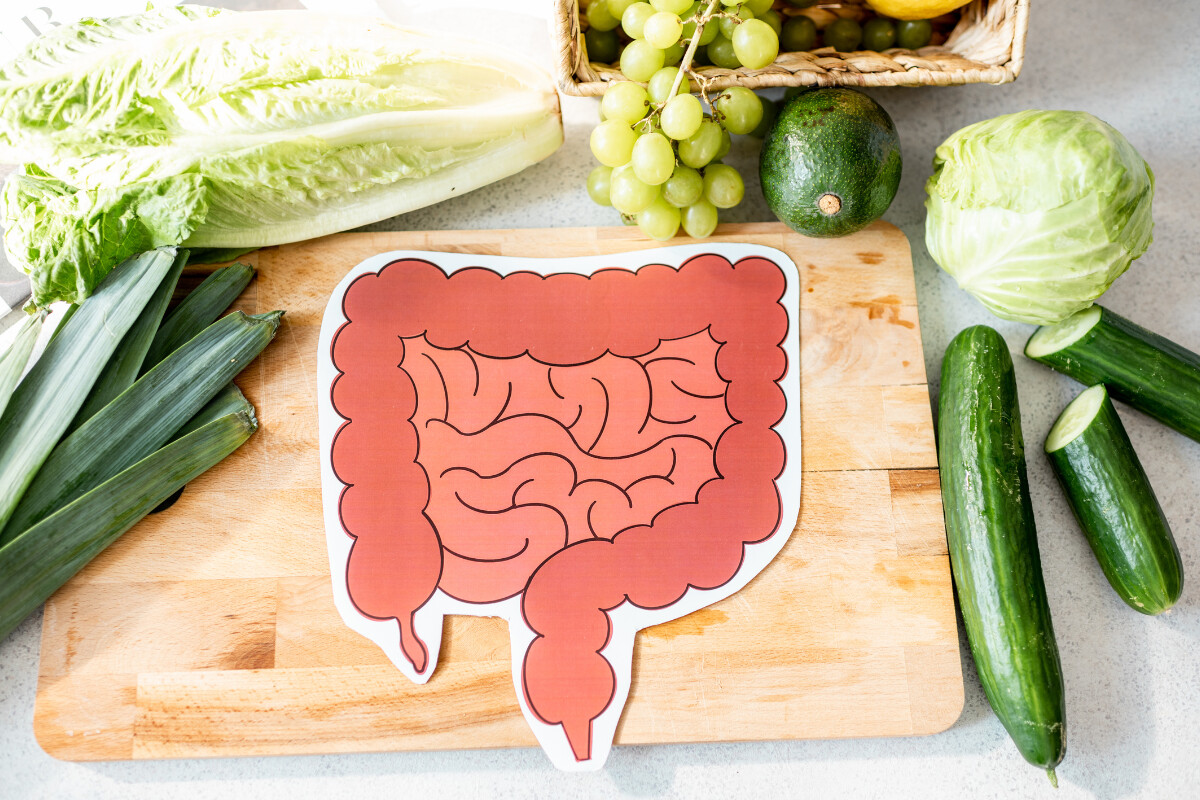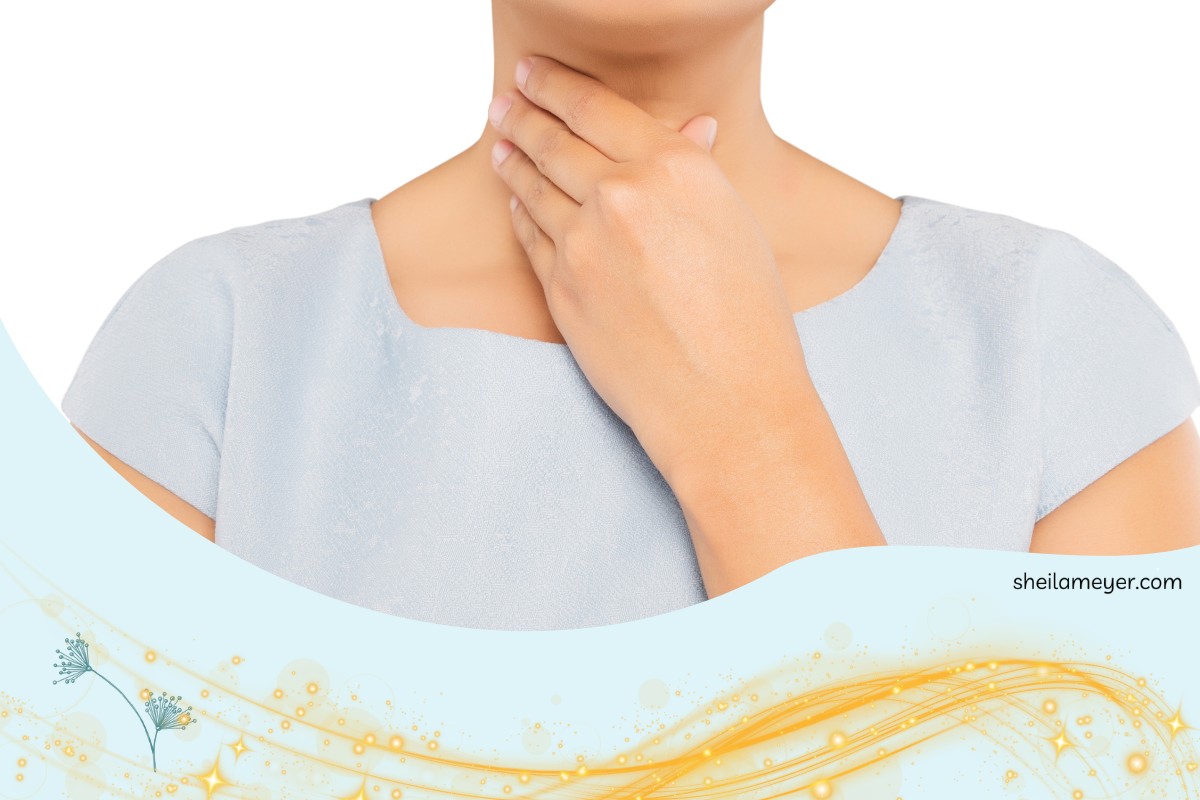
Updated 8/28/22
Recently, I had some blood tests done and when I sat down to discuss the results with the doctor, one of the things he pointed out was that my "serum ferritin" was too high. The labs range was anything under 200 ng/mL (nanograms per milliliter) was good. Mine was 176. When I questioned him about it he said the ideal was 50 ng/mL. My own research came up with the same results. My high ferritin level meant I was in iron overload.
Simply put, iron overload is "too much iron". Now, I know, people are normally concerned with not getting enough iron. Having too much iron can be just as dangerous. How does a person come to have too much iron?
First of all, let's clarify that what is being discussed here is not about a high hemoglobin count. Hemoglobin is an iron-containing protein that transports oxygen with red blood cells (RBCs). Iron overload, or high ferritin (serum ferritin), is a protein that stores iron inside cells.
Why Iron Overload Can Happen
- Hemochromatosis - this is an inherited or genetic disease where the body stores too much iron. Men or women can have this.
- Menopause - women who are no longer having a monthly blood loss means iron continues to accumulate in the body
Symptoms of Iron Overload
- Tiredness or fatigue
- Weakness
- Weight Loss
- Abdominal Pain
- High blood sugar levels
- Hyperpigmentation or skin turning a bronze color
- Loss of libido or sex drive
- Males, reduction in size of testicles
- Females, reduced or absent menstruation
Why Iron Overload Is Dangerous
- Destroys Mitochondrial DNA
- Iron naturally reacts with the Hydrogen Peroxide in the inner mitochondrial membrane
- Excess iron creates "excessive free radicals" from the Hydrogen Peroxide reactions
- Accelerates of every major disease
- Diseases Associated With Iron Overload
- Anemia of chronic disease
- Insulin resistance, Type 2 Diabetes, Metabolic Syndrome
- Premature Aging
- Cancer
- Heart Arrhythmia
- Grave's Disease
- Atherosclerosis
- Anorexia
- Sideroblastic Anemia
- Nonalcoholic Liver Disease
- Still's Disease
- Hemophagocytic syndrome
- Study Shows Correlation With COVID-19 Severity
- People with severe and very severe COVID-19 had increased serum ferritin levels
- Many diabetics have elevated serum ferritin levels
- Higher probability to experience serious COVID-19 complications
What You Can Do
- Avoid combining iron-rich foods with Vitamin C-rich foods
- Combine with "calcium-rich foods" to limit absorption
- Avoid alcohol (increases iron absorption
- Chelators - literally means "to claw" ... will not only remove the iron it comes into contact with but will actually "scavenge" and "firmly bind-up" and free iron.
- Polyphenols
- wheat, potato, soybean, sorghum, beans
- green tea (contains a phyto-polyphenol called EGCG)
- grape seed extract
- hydroxytyrosol > only polyphenol capable of crossing the blood brain barrier, one of these provides the same amount of hydroxytyrosol as one liter of olive oil
- Flavonoids
- Quercetin
- elderberry (contains anthocyanins which are derivatives of flavonoids)
- Essential Oils
- Oregano Oil
- high in Quercetin
- penetrates blood/brain barrier providing protection of neuronal death
- chelating properties
- Basil
- antioxidation and chelating properties
- Thyme
- antioxidation and chelating properties
- Ginger (Red and White)
- chelating ability
- scavenging and iron reducing activities
- Turmeric
- contains "curcumin", the yellow active ingredient
- crosses blood/brain barrier
- antioxidant
- iron chelation is an inherent property
- removes iron from both bloodstream and cells
- increase glutathione function by 20%
- has shown neuroprotection capability in a Parkinson disease model
- contains "curcumin", the yellow active ingredient
- Oregano Oil
- Deferoxamine (Desferal)
- non-toxic iron chelator approved by FDA
- side effects
- injection site reactions
- blurred vision
- dizziness
- ringing in your ears
- flushing
- itching or skin rash
- numbness or burning pain anywhere in the body
- diarrhea
- nausea
- upset stomach
- reddish colored urine
- Polyphenols
As you can see there are many options for managing iron overload as we age. I personally love turmeric for all of it's anti-inflammatory properties, in addition to, the chelating abilities. The problem with turmeric is that it is difficult to absorb. Only about 5% gets used from diet. The ordinary powders, pills and teas are no different. This turmeric powder, however, has a unique water-dispersible formula that makes it 24 times more bioavailable ... or absorbable ... than standard turmeric products.
If you appreciated this information, check out others like it here, or some of my other resources.
additional resources:




















0 Comments